Color Space Test
- Jun 26, 2019
I’ve been running small tests today to figure out the best picture profile settings for the Sony A7sII. Plenty of people have shared their preferred settings online on forums and through YouTube videos, but a lot of it seems geared towards an out-of-camera look as opposed to one optimized for grading. The settings that I’ve seen that seem more oriented towards flexibility during post don’t always explain the reasons behind the particular settings they’ve chosen. Also, Sony surprisingly doesn’t provide very much information on how to best set this camera up to capture cinematic footage. They do explain the basic concepts and systems behind the picture profiles (the different gammas, color modes, etc.) but their explanations are a bit technical and still requires you to actually test out each setting to see its effect. So that’s why I’m going to start comparing settings.
For the most part we shoot in S-Log3 – it gives plenty of flexibility in post and according to Sony its characteristics are closer to actual film. After a few bad low light experiences though, we decided to explore the Cine gammas for a lower minimum ISO, so we’re not dialing the ISO up into the tens of thousands to get those extra 2 stops of exposure necessary when shooting Log. From my understanding there’s no point in shooting Log if you can’t use the native ISO anyway, although I’m totally sure about that and it still seems to yield good footage.
Testing out the different Cine gammas, here’s what I’ve noticed. Cine1 seems to be the best for brighter scenes and Cine4 seems to be the best for darker scenes. This is pretty consistent with what Sony has to say about the gammas, except that Cine1 also seems to be a bit more flexible in post especially if you change the black level, black gamma, and saturation settings. The Cinema color space is the recommended color space for Cine1, but I was curious if there was anything I could gain from changing this setting. Here’s a test I did, the settings are the same and the graded footage is edited minorly in the same way across the board:
Ungraded:
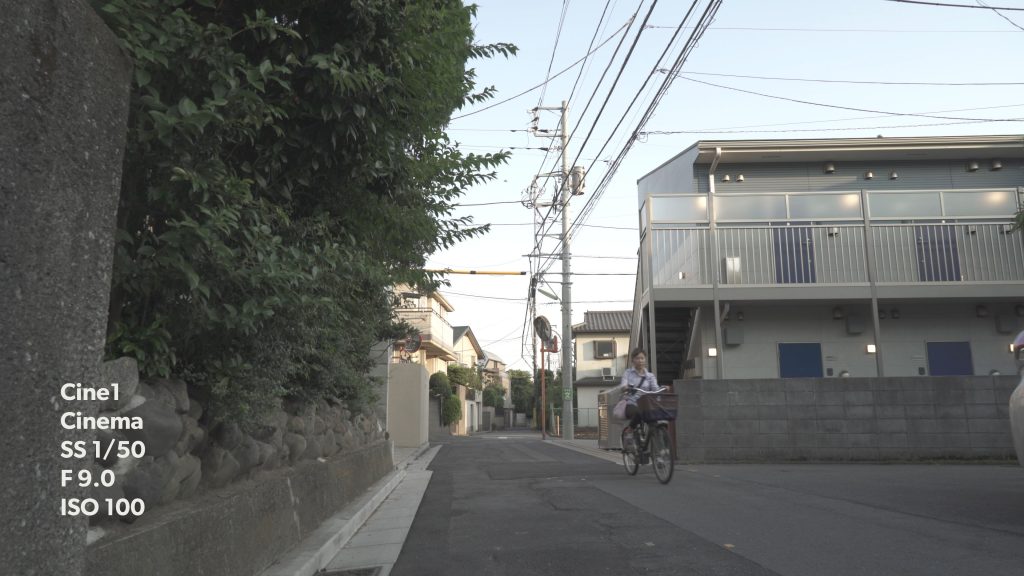
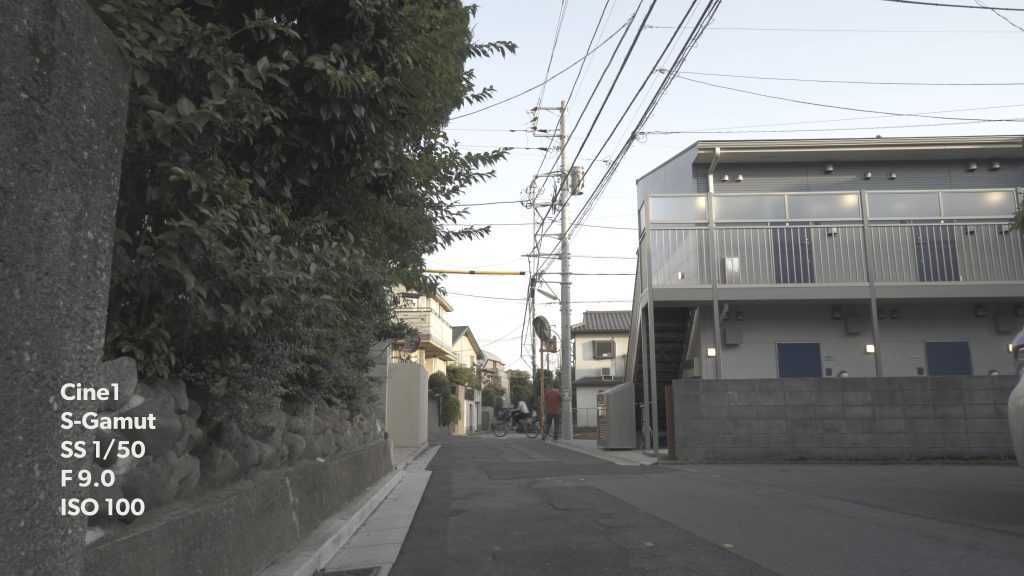
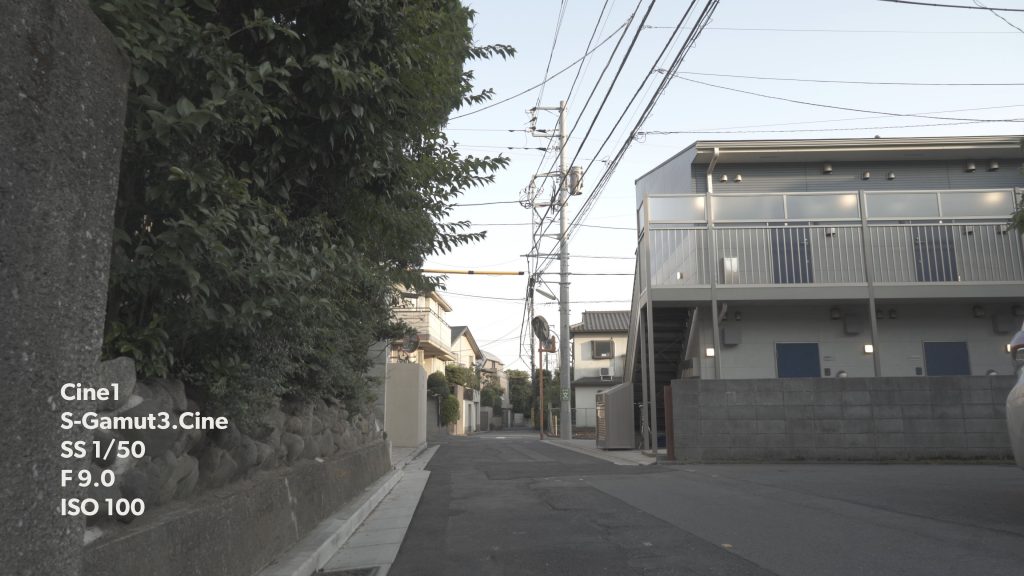
Graded:
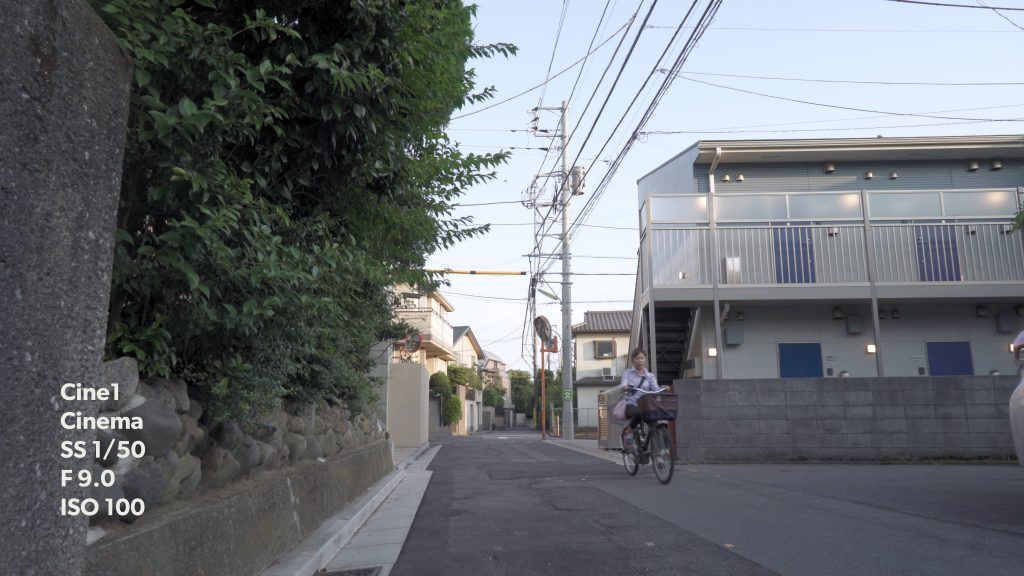
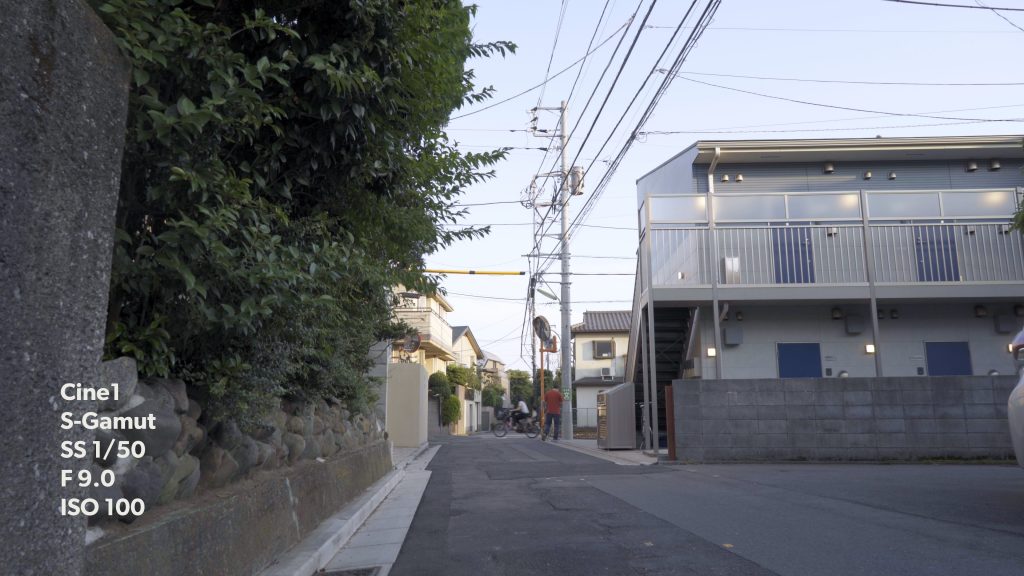
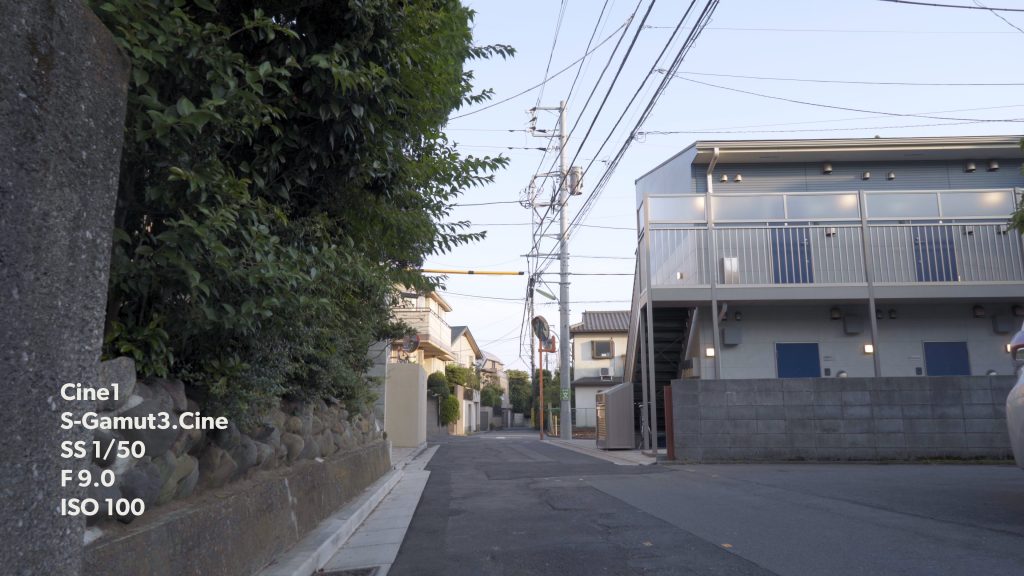
Right of the bat, I’ve ignored including the Pro color space in this test because it looked overly saturated. My initial impressions are that the Cinema color space looks to be the easiest to work with, but the S-Gamut and S-Gamut3.cine color spaces seem to reproduce color better with S-Gamut3.cine being a little easier to work with in post. I’m curious about S-Gamut3 though, which I haven’t tested here. It’s supposed to be nearly identical to S-Gamut, but better at reproducing colors. That’ll be my next test along with the knee settings which I can’t find a clear answer on anywhere.
Next post:
Cine1 Custom SettingsPrevious post:
Interrotron